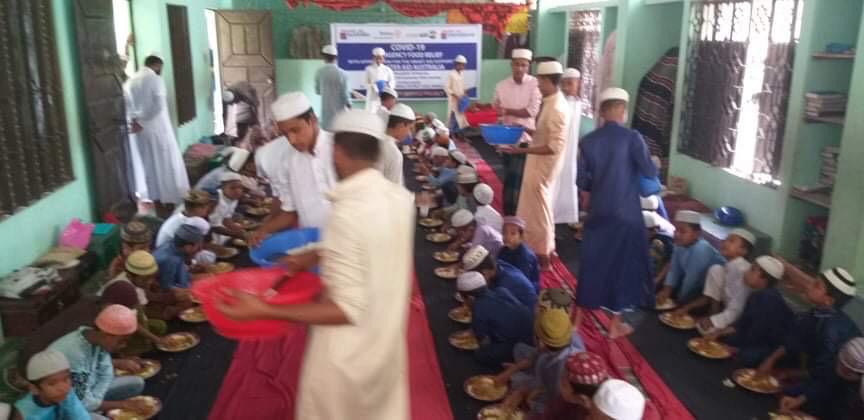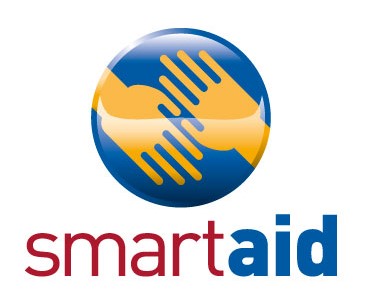
The heart of the SmartAid approach is sending Disaster Aid Response Teams (DARTs) to work with local partners, and the affected community.
Rather than send large quantities of materials they are provided with access to funds for local purchase of aid materials.
They work to ensure the aid:
- Meets the community’s needs.
- Involves the community in working with us as ‘Partners’ and becoming a resource for recovery rather than Victims.
- Gives those affected ‘Ownership’ of the outcome.
The benefits of the Smart Aid approach are:
- Maximises our financial impact by minimising waste, and costs of storage and shipping.
- Aid materials can be delivered faster.
- Helps the local economy to recover.
Shelter
A shelter response can include:
- Materials such as tarpaulins for emergency shelter.
- Tents for transitional accommodation.
- Materials for repair and replacement of homes.
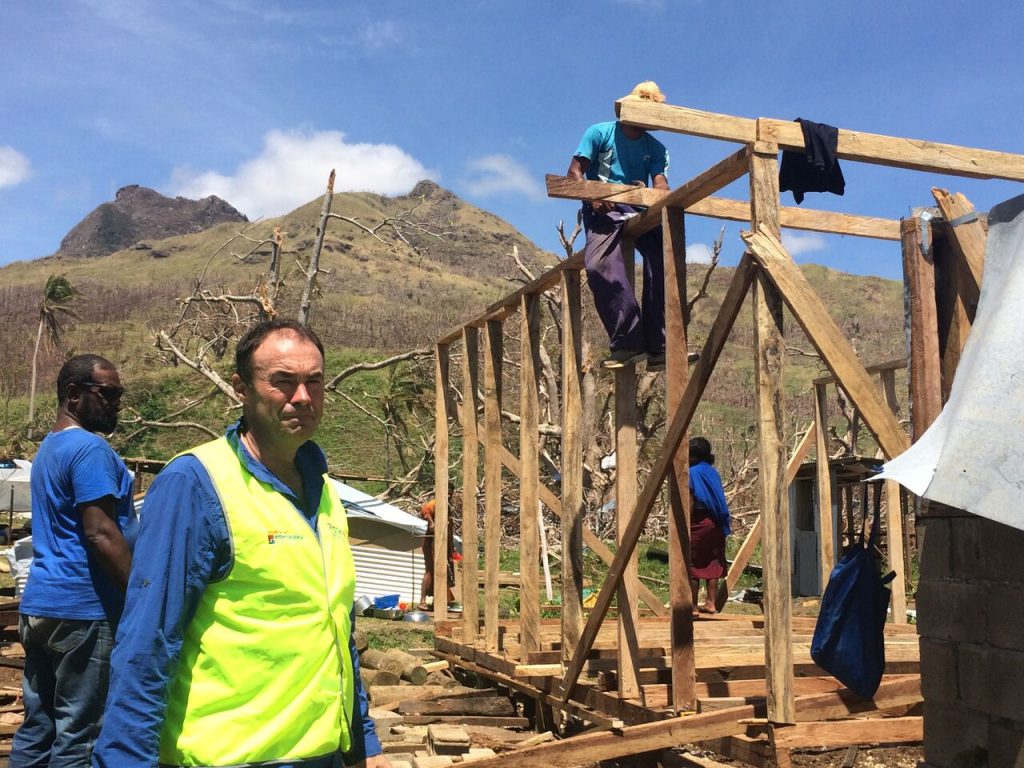
Safe Drinking Water
After a such as a flood, cyclone or earthquake water quality in rivers and stream drops significantly.
Run off from fields and overflowing septic tanks causes bacterial contamination.
In responding to disasters we can provide Sawyer Water Filters to individual families, and portable SkyHydrant™water filter units to larger communities.
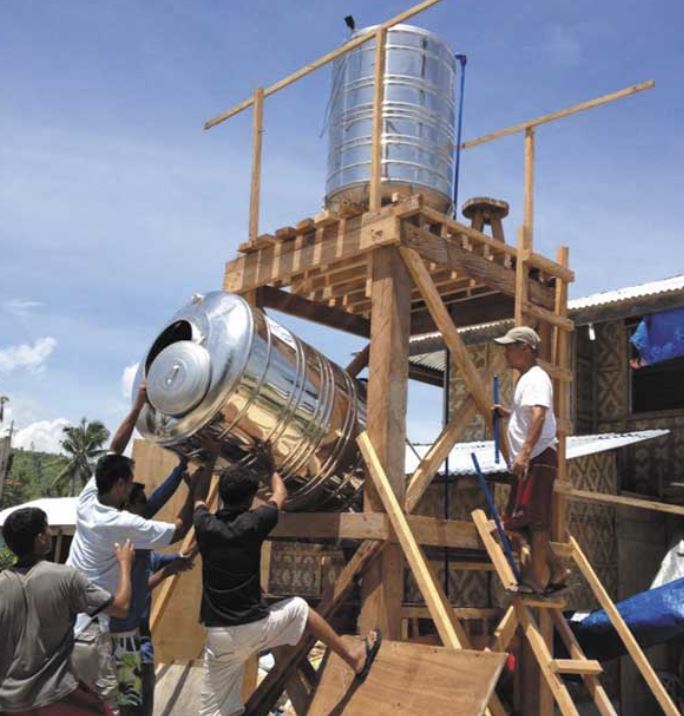
Other Aid
Although Disaster Aid concentrates on ‘Shelter’ and ‘Safe Water’ other forms of aid will be provided if a community identifies a need that Disaster Aid can assist with.
During the COVID-19 pandemic, with travel almost impossible, financial support to assist communities has been a significant part of Disasters Aid’s help to communities.
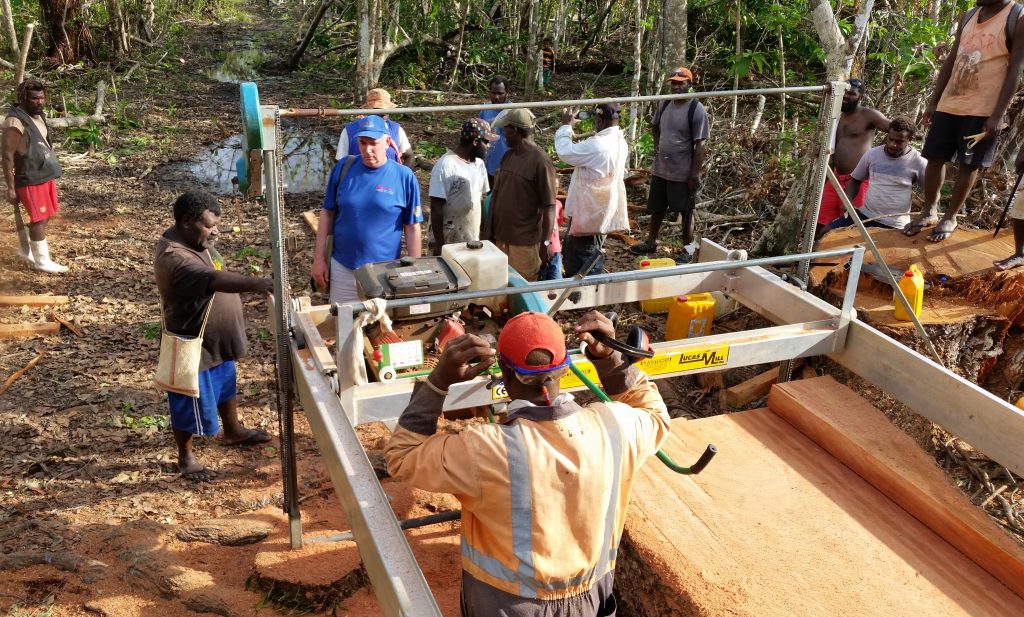
Examples include:
- Repairs to a saw mill to be used for turning fallen trees into building timber.
- COVID related food aid
- Intensive care equipment for COVID patients
